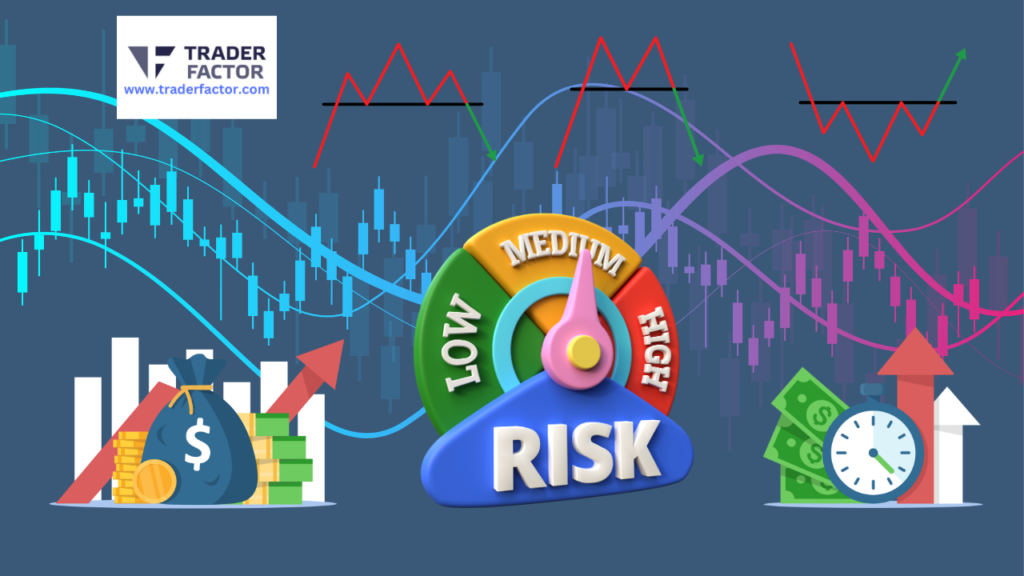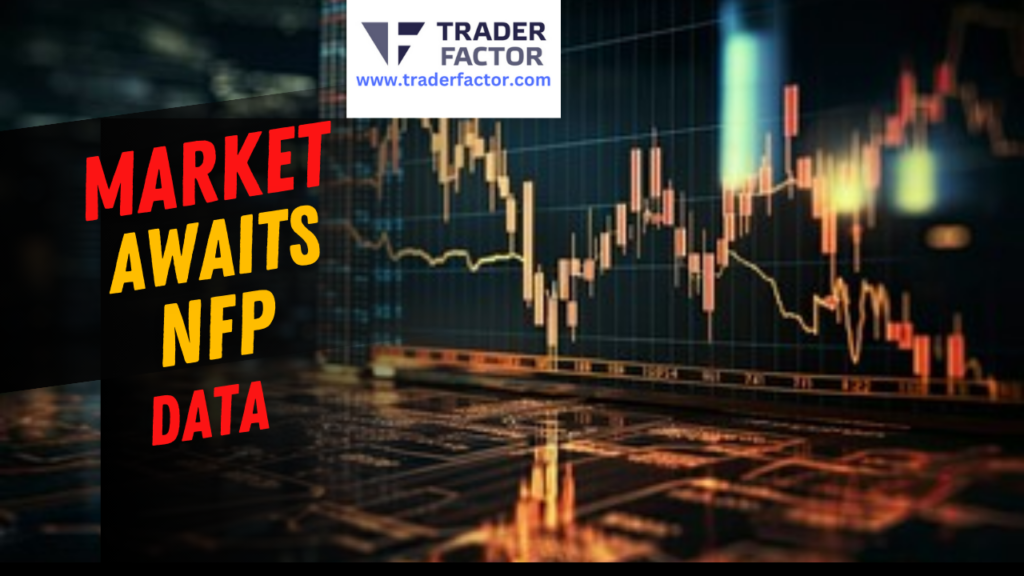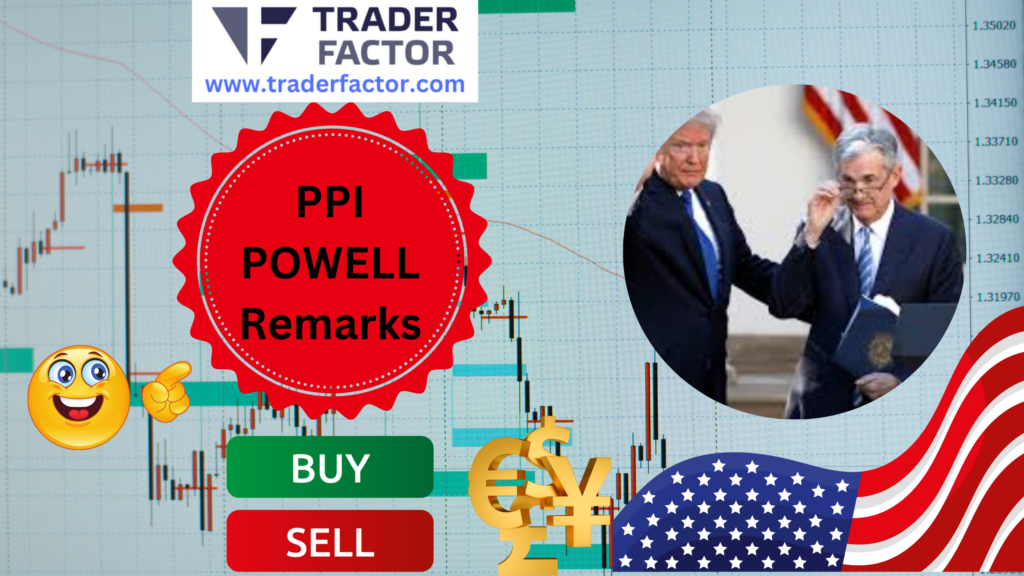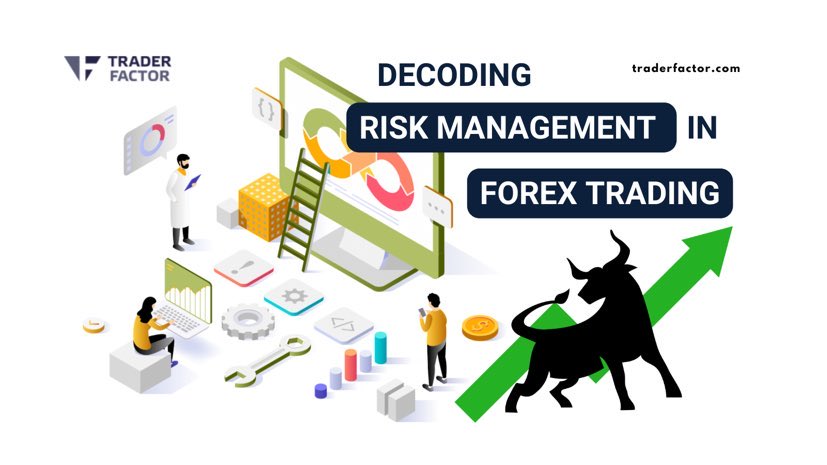Are you struggling to navigate the complex world of forex trading? Do you find yourself overwhelmed by the risks involved?
Look no further. In this article, we will guide you through the process of decoding risk management in forex trading. We will show you how to assess and manage risk factors, provide strategies for mitigating risk, and teach you how to set and adjust risk and reward ratios.
Get ready to take control of your forex trading journey.
Table of Contents
ToggleKey Takeaways
- Proper risk management is crucial for success in Forex trading.
- Risks such as currency volatility, political instability, and economic downturns should be identified and analyzed.
- Strategies such as diversification, stop-loss orders, and risk-reward ratio assessment can help mitigate risks.
- Regular monitoring and reviewing of risk management techniques are important for continuous improvement and adaptability.
The Importance of Risk Management

To fully understand the world of Forex trading, you must grasp the importance of risk management. In this fast-paced and volatile market, managing risk effectively is the key to success. Without proper risk management, you expose yourself to potential losses that could wipe out your trading account.
One of the main reasons why risk management is so important in forex trading is because the market is constantly changing. Currency prices can fluctuate rapidly, and without a solid risk management strategy, you may find yourself making impulsive and emotional decisions that can lead to significant losses.
Implementing risk management techniques allows you to protect your capital and minimize potential losses. By setting stop-loss orders, for example, you can automatically exit a trade when it reaches a predetermined level, limiting your losses. Additionally, using proper position sizing techniques helps ensure that you don’t risk too much of your capital on any single trade.
Furthermore, risk management is essential for maintaining consistency in your trading. By managing risk effectively, you can establish a disciplined approach to trading, making it easier to stick to your trading plan and avoid impulsive decisions.
Assessing and Managing Risk Factors

When assessing and managing risk factors in Forex trading, you need to identify potential risks and develop effective strategies to mitigate them.
The first step in this process is to thoroughly analyze the market and understand its dynamics. By studying historical data, economic indicators, and market trends, you can identify potential risks such as currency volatility, political instability, or economic downturns.
Once you have identified these risks, you can then develop a risk management plan that includes specific strategies to mitigate each risk. For example, you may choose to diversify your portfolio by investing in multiple currency pairs or using different trading strategies. Additionally, you can implement stop-loss orders to limit your losses in case of adverse market movements.
It’s also crucial to regularly monitor and evaluate the effectiveness of your risk management strategies. By staying vigilant and adaptable, you can adjust your approach as needed to ensure the long-term success of your Forex trading endeavors.
Strategies for Mitigating Risk in Forex Trading

Mitigating risk in forex trading involves implementing strategic measures to minimize potential losses. As a trader, you must have a clear understanding of the strategies that can help you navigate the volatile market and protect your investments.
Here are three key strategies that can evoke an emotional response in you:
- Diversification: By diversifying your portfolio, you spread your risk across different currency pairs, reducing the impact of any single trade. This strategy can bring a sense of security, knowing that you aren’t overly exposed to the fluctuations of a single currency.
- Stop-loss orders: Placing stop-loss orders allows you to set a predetermined level at which you’ll exit a trade if it moves against you. This strategy can bring relief, as it helps limit your potential losses and protects your capital.
- Risk-reward ratio: Calculating the risk-reward ratio before entering a trade helps you assess whether the potential profit justifies the potential loss. This strategy can instill a sense of rationality, as it encourages you to only take trades with a favorable risk-to-reward ratio.
Implementing these strategies can empower you to trade with more confidence and peace of mind. Remember, the key is to continuously evaluate and adjust your risk management approach to suit changing market conditions.
Setting and Adjusting Risk and Reward Ratios

To effectively manage risk in forex trading, you need to establish and adjust your risk and reward ratios. By setting these ratios, you can determine the potential profit or loss for each trade and make informed decisions. The risk ratio refers to the amount of money you are willing to lose on a trade, while the reward ratio represents the potential profit you aim to achieve.
To help you visualize the importance of setting and adjusting these ratios, consider the following table:
| Trade | Risk Ratio | Reward Ratio |
|---|---|---|
| Trade 1 | 1:2 | 1:4 |
| Trade 2 | 1:3 | 1:5 |
| Trade 3 | 1:4 | 1:6 |
In this table, each trade has a different risk and reward ratio. By analyzing these ratios, you can see that as the risk ratio increases, the potential reward also increases. However, it is crucial to find a balance that suits your risk appetite and trading strategy.
Adjusting the risk and reward ratios is also important as market conditions change. By regularly evaluating and adjusting these ratios, you can adapt to market volatility and potentially improve your risk management. Remember, Forex trading involves risks, and setting appropriate risk and reward ratios can help you navigate the market with confidence.
Monitoring and Reviewing Risk Management Techniques

Now, let’s delve into the article and explore how you can effectively monitor and review your risk management techniques in Forex trading.
Monitoring and reviewing your risk management techniques is crucial to ensure that you’re on track with your trading goals and objectives. By regularly assessing and evaluating your strategies, you can identify any weaknesses or areas for improvement, allowing you to make necessary adjustments and minimize potential losses.
Here are three key benefits of monitoring and reviewing your risk management techniques:
- Increased Confidence: by regularly reviewing your risk management techniques, you gain a sense of control and confidence in your trading decisions. This can help you stay focused and disciplined, even during volatile market conditions.
- Enhanced Adaptability: monitoring and reviewing your risk management techniques allows you to adapt to changing market trends and conditions. This flexibility enables you to adjust your strategies and protect your capital from unexpected risks.
- Continuous Improvement: by consistently monitoring and reviewing your risk management techniques, you can identify patterns and trends in your trading performance. This analysis enables you to make informed decisions and continuously improve your trading strategies over time.
Frequently Asked Questions

How Do I Create a Trading Plan That Incorporates Risk Management Strategies?
To create a trading plan that incorporates risk management strategies, you need to assess your risk appetite, set stop-loss orders, diversify your portfolio, and regularly review and adjust your plan as needed.
What Are Some Common Mistakes Traders Make When It Comes to Risk Management in Forex Trading?
Some common mistakes traders make in forex risk management include not setting stop-loss orders, failing to diversify their portfolio, and ignoring risk-reward ratios. It’s important to avoid these errors to protect your investments.
Are There Any Specific Indicators or Tools That Can Help Me Assess and Manage Risk Factors Effectively?
Some specific indicators and tools can help you assess and manage risk factors effectively in forex trading. These tools include stop-loss orders, risk-reward ratios, and technical analysis indicators like the Average True Range.

How Can I Determine the Optimal Risk and Reward Ratio for My Trading Strategy?
To determine your optimal risk and reward ratio for your trading strategy, you should analyze your risk tolerance, set clear profit targets, and consider the market conditions. Experiment and adjust as needed.
Is There a Recommended Frequency for Reviewing and Adjusting Risk Management Techniques in Forex Trading?
There isn’t a specific recommended frequency for reviewing and adjusting risk management techniques in forex trading. It depends on factors like market conditions and your trading strategy. Stay vigilant and adapt as needed.

Conclusion
In conclusion, risk management is crucial in forex trading. By assessing and managing risk factors, implementing strategies to mitigate risk, and setting appropriate risk and reward ratios, traders can increase their chances of success.
Regular monitoring and reviewing of risk management techniques is also essential to adapt to changing market conditions. Remember, effective risk management is key to maintaining a profitable and sustainable trading career.
Disclaimer:
All information has been prepared by TraderFactor or partners. The information does not contain a record of TraderFactor or partner’s prices or an offer of or solicitation for a transaction in any financial instrument. No representation or warranty is given as to the accuracy or completeness of this information. Any material provided does not have regard to the specific investment objective and financial situation of any person who may read it. Past performance is not a reliable indicator of future performance.















